Why is Watercolor so Hard? (And What To Do About It!)
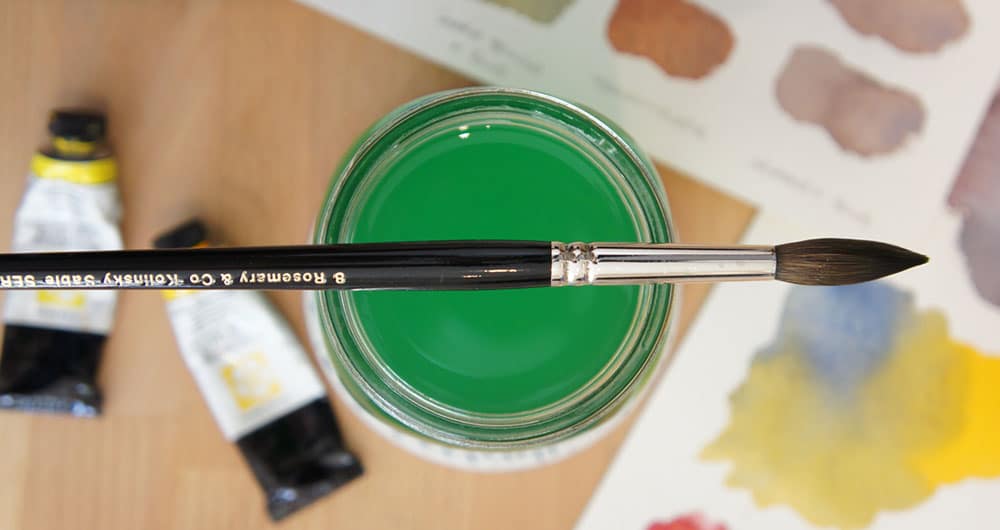
If you’ve dabbled with watercolors for a while and you’re starting to think, “this is tricky,”… Well, you’ve discovered what many other watercolor rookies stumble upon.
Watercolors are hard!
Well, at least that’s what a lot of folks conclude.
But what if the characteristics that make watercolor so complex are also the ones that make it so appealing?
Let me explain…
So Why are Watercolors Considered Difficult?
I believe there are two main reasons watercolors are perceived as challenging. First, the watery nature of the paint makes it hard to control, and the transparency of the watercolor makes this medium unforgiving.
It’s true…
Watercolors have a reputation for being tricky and challenging.
When you start painting with watercolors, you’ll discover they have a bit of a mind of their own.
Paint a brush stroke and see what happens. Add more water to the paper, and the pigments spread. Dab a different color in a shape you just painted, and watch the colors disperse (fabulous, isn’t it?).
On many occasions, when I’ve just finished painting a smooth wash of color, I add another layer of paint too soon. As a result, the new wet brushmark runs back into the settling wash, and you get funny-looking textures (known as blooms or backruns).
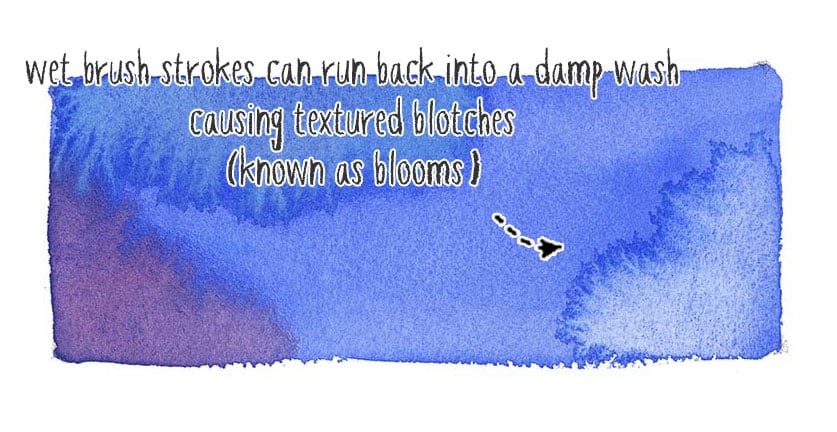
It happens to the best of us 🙂
It’s all about how the paint flows, disperses, and settles on the paper.
But the reason you find watercolor difficult is only because you don’t know enough about the paint to get the result you’re trying to achieve.
In other words, one of the biggest issues with watercolor is “control”…
Watercolors can be Hard to Control
The handling properties of watercolor are different from other types of paint. This is because they are water-soluble. They use a water-soluble binder known as “gum arabic.”
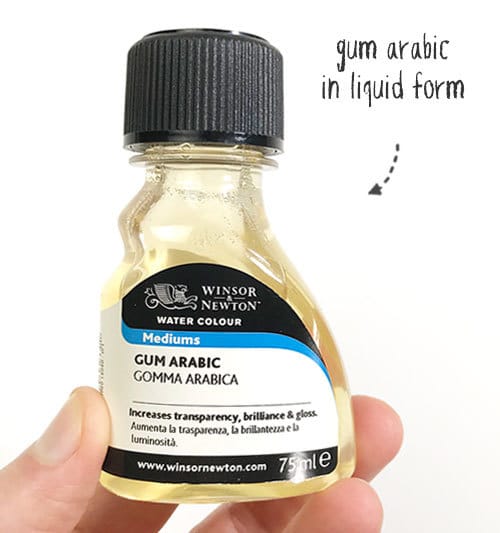
All types of paint are basically just colored pigment plus a binder. Binders affect the way the paint handles. They are the vehicle that “binds” the pigments in a liquid form, so they can be applied with a brush.
The gum arabic binder in watercolors is water-soluble. Therefore, even when using dry watercolor pans, gum arabic carries the pigments when they are reactivated with water.
Because gum arabic requires water, this affects the way watercolors flow on the paper. The colors flow and scatter in the same way that water does!
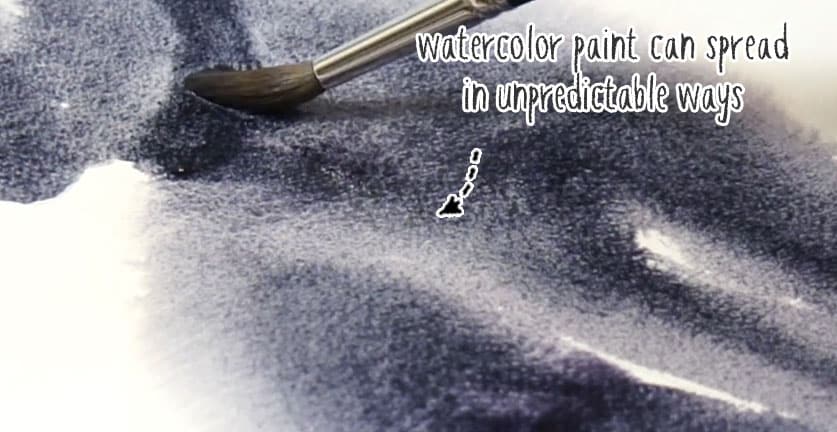
This makes brush strokes in watercolor tricky to control.
A quick note: This characteristic can also be used positively to produce interesting effects. The technique of wet-on-wet painting is based on this idea.
I know that the capricious nature of watercolors can lead to frustration.
But if I really think about it, the unexpected nature of watercolor is one of the reasons I love it in the first place!
Watercolors are one of the only paints that allow pigment to flow! As a result, colors can blend and fuse together in a magical spontaneous way. For me, this spontaneity and unpredictability contribute to making watercolors so beautiful.
Avoiding frustration is mostly a matter of practice but also requires a bit of knowledge and experience. As you learn more about the nature of watercolor paint, you’ll soon understand how to control it. And this means you can get the most out of its unique and beautiful properties!
And remember, it mostly comes down to controlling wetness (the wetness of your brush and the moisture of your paper).
A good tip is to observe the wetness of your brush as you work. For example, when I’m painting, I pretty much always have my brush in one hand and a cloth in the other. Like this, I can quickly control the moisture level of my brush by giving it a quick wipe. And if you put too much paint on the paper, remember you can also use your dried brush to soak up the excess paint from the surface.
With practice, you can learn to better control the wetness issues, which sometimes produce unwanted results. But never forget the beautiful effects you can achieve when two wet colors merge!
Watercolor is Unforgiving
Watercolor paints are unforgiving when it comes to mistakes. This is because watercolors are transparent. Therefore, any errors made in the early stages of a painting will show through at the end.
The transparency of watercolors makes them very different from other types of paint, such as acrylic or oils that are opaque.
When you lay down a shape of color using a mixture of watercolors, the underlying white surface of the paper still shows through. (In fact, the underlying white color and the hue of the paint combine to give the final color appearance).
If you lay another colored shape on top of the first layer, you will still be able to discern the initial shape. You can’t cover it up. Therefore you cannot cover up mistakes in watercolor by applying a new coating of paint.
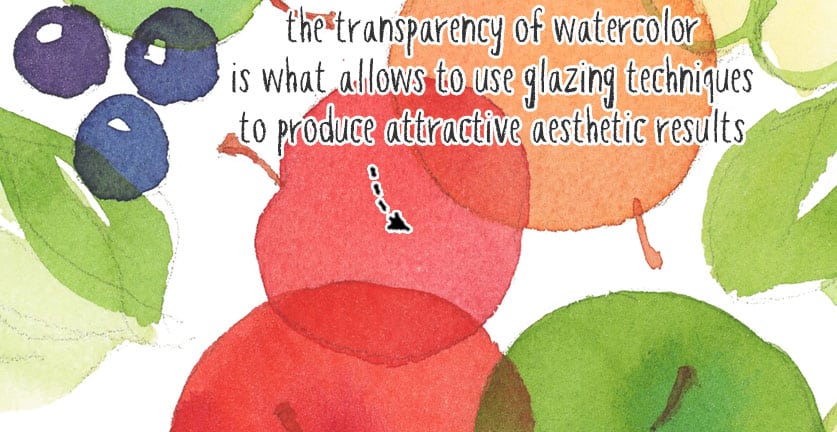
But transparency is also what bestows watercolor with so much aesthetic appeal!
Layering in watercolor is a technique known as “glazing.” This ability to build up multiple layers of translucent color is unique to a painting medium like watercolor.
It’s just delightful!
Is watercolor the most challenging medium?
Watercolor can be unforgiving and unpredictable, but that doesn’t necessarily make it the hardest art medium to learn.
All mediums have their own qualities and peculiarities.
You just have to learn them 🙂
When you understand why the paint behaves a certain way, you’ll know what to expect and how to control the outcome better.
For example, with watercolors… the way the water disperses seems difficult to control. But without this characteristic, we wouldn’t get the beautiful effects of a wet-on-wet technique!
And the transparency of the paint means errors might show through. But if watercolor weren’t transparent, we wouldn’t get the amazing aesthetic results of glazing!
So how hard is watercolor painting? Is watercolor difficult to learn?
Watercolor is a very accessible painting medium, which makes it easy to paint anytime and anywhere.
This is a significant advantage over other types of paint. Watercolors don’t make a mess, don’t require smelly thinners, and are very portable. You don’t need a dedicated space for painting, and it’s not expensive to get started.
You might say I’m biased (and maybe you’re right! ). But I think watercolors are one of the most approachable and convenient types of paint for artists.
What to Do About It
The trick to learning watercolor?
Practice, plus more practice…
But that’s the same for any medium 🙂
Watercolors will always involve a degree of uncertainty. But that’s also what gives them so much beauty. For me, the secret to watercolors is learning to find a balance between control and letting go…
And learning to let the paint do its thing is a lot of fun. I have a whole load of tutorials and tips on this blog to help you get started with watercolors.
Above all, take note of how the paint reacts when you start to paint. Ask yourself why it behaves in a particular way.
You’ll soon notice how to achieve specific results with various degrees of water and paint.
And of course – enjoy yourself!

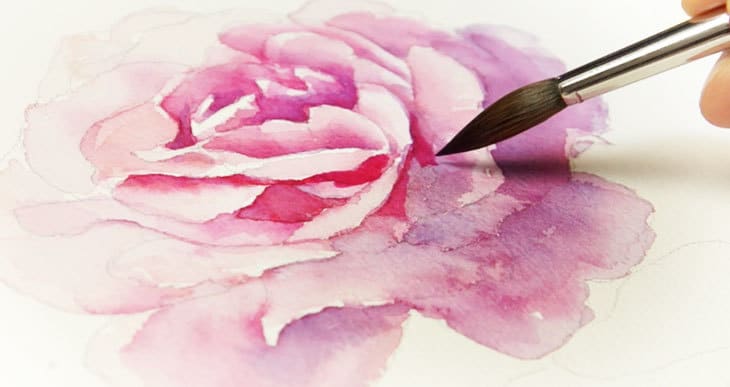
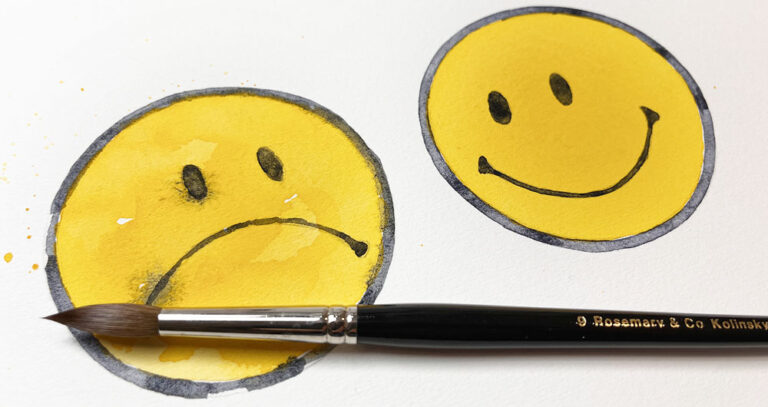
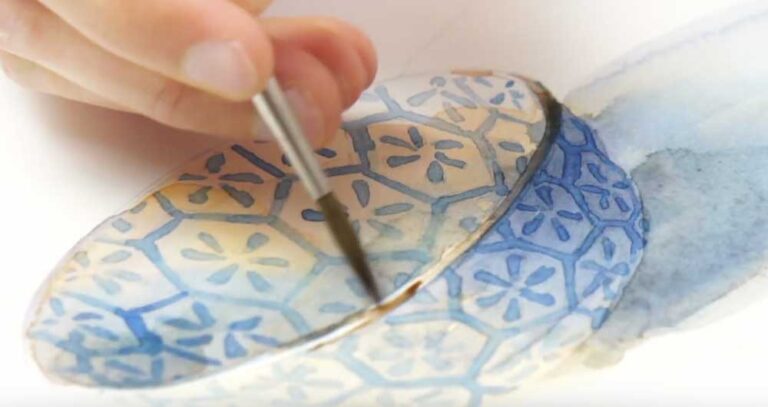
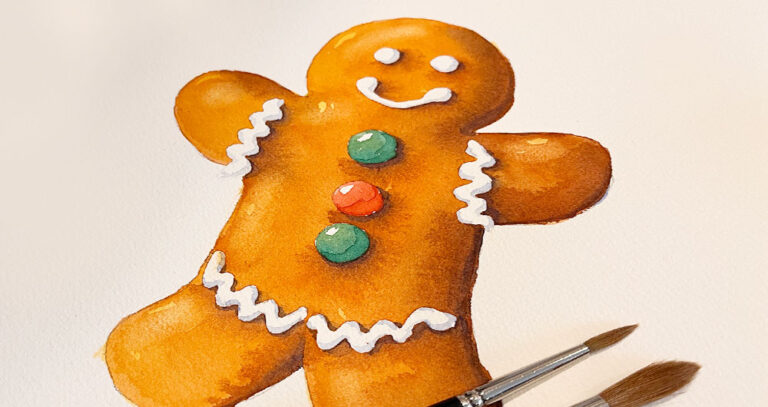
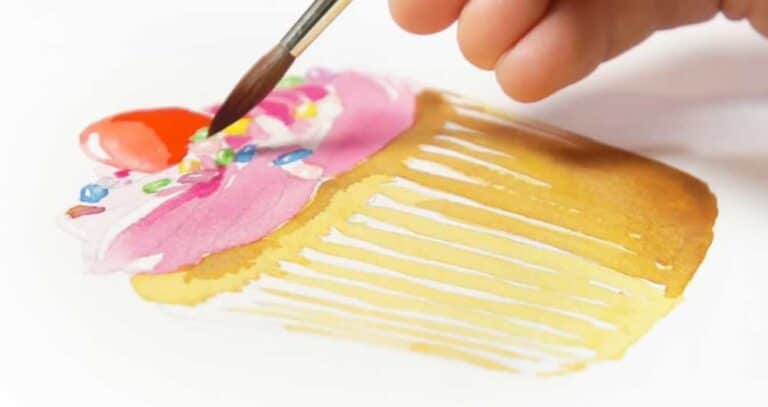
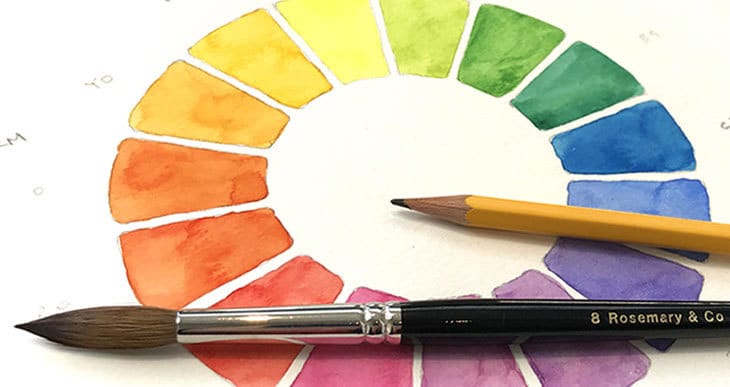
I am loving how you are describing everything, havent started yet but i intend to. Thanks so much.